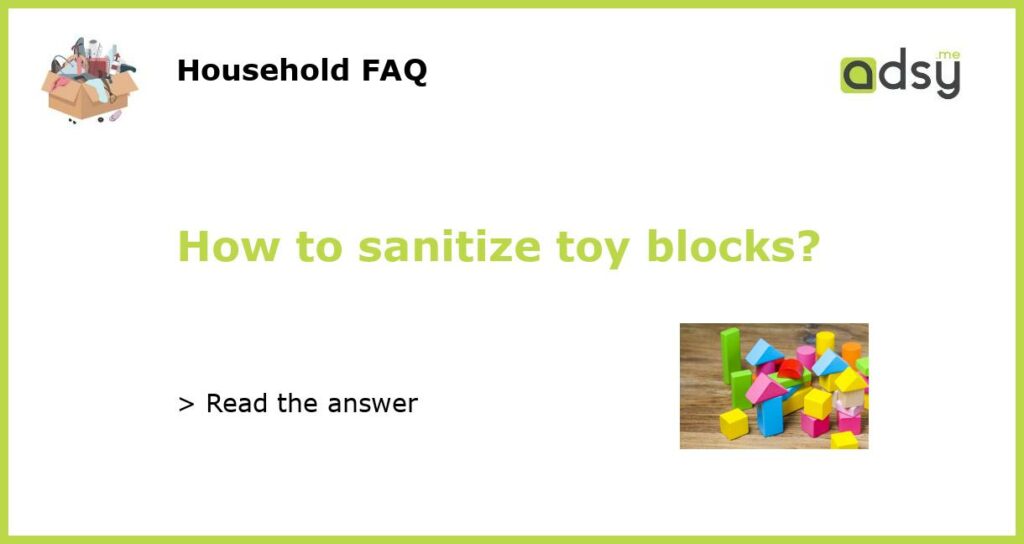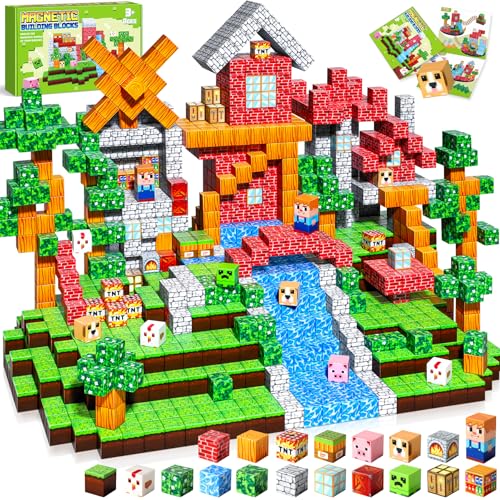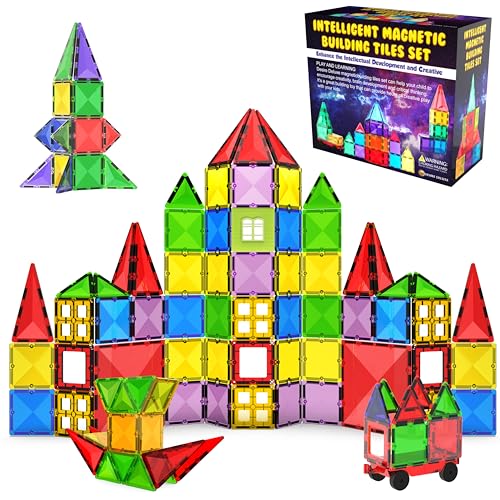Sanitizing Toy Blocks: Tips and Tricks
Toy blocks are a beloved childhood staple, but they can also be a breeding ground for germs and bacteria. Whether you’re a parent, teacher, or caregiver, it’s important to regularly sanitize toy blocks to keep them clean and safe for little hands. In this article, we will explore various methods and tips for effectively sanitizing toy blocks, ensuring a healthier playtime experience.
Why Should You Sanitize Toy Blocks?
Before diving into the different sanitization methods, let’s first understand why it’s crucial to regularly clean and sanitize toy blocks. Children are naturally curious and tactile, often putting toys in their mouths or touching their faces after playing with them. This behavior can easily transfer germs and bacteria, increasing the risk of illness and infection. By regularly sanitizing toy blocks, you can help minimize the spread of harmful pathogens and keep children healthier.
Method 1: Washing with Soap and Water
A simple and effective way to sanitize toy blocks is by washing them with soap and water. Begin by filling a basin or sink with warm water and add a mild dish soap. Stir the water to create a soapy solution. Next, carefully place the toy blocks in the water and scrub them using a washcloth or soft brush. Pay extra attention to any crevices or hard-to-reach areas. After scrubbing the blocks thoroughly, rinse them under running water to remove any soap residue. Leave the blocks to air dry completely before storing or using them again.
Method 2: Using a Vinegar Solution
Vinegar is a natural disinfectant and can be an excellent choice for sanitizing toy blocks. To create a vinegar solution, mix equal parts of white vinegar and water in a large container or spray bottle. Place the toy blocks in the container or spray the solution directly onto the blocks. Let them soak for about 10-15 minutes, then rinse the blocks with water to remove any vinegar residue. Allow the blocks to air dry before handling them. The vinegar smell will dissipate as the blocks dry.
Method 3: Using a Bleach Solution
If you prefer a stronger disinfectant, you can use a bleach solution to sanitize toy blocks. It’s important to note that this method should only be used for toys that are not porous or have any metal parts. To create a bleach solution, mix 1 tablespoon of bleach with 1 gallon of water. Make sure to handle bleach carefully and use in a well-ventilated area. Submerge the toy blocks in the solution for 5 minutes, stirring them occasionally. Afterward, rinse the blocks thoroughly with water and leave them to air dry completely.
Tips for Effective Sanitization
Here are some additional tips to ensure effective sanitization of toy blocks:
- Sort and separate: Before sanitizing, sort the toy blocks by size and material. This will help you choose the appropriate sanitization method for each group.
- Inspect for damage: Check the blocks for any signs of damage or wear. If a block is broken or has sharp edges, it’s best to discard it to avoid any injuries.
- Frequency: Develop a regular sanitization routine to maintain cleanliness. Aim to sanitize toy blocks at least once a month or more frequently if they are frequently used or shared by multiple children.
- Storage: After sanitizing, store the toy blocks in a clean and dry container. Consider using individual storage bags for easy organization and to prevent cross-contamination.
- Supervise playtime: Even after sanitization, it’s important to supervise children during playtime, especially with younger kids who may still put toys in their mouths.
By following these methods and tips, you can ensure that toy blocks stay clean and safe for children to enjoy. Regular sanitization not only helps prevent the spread of germs but also extends the lifespan of the toy blocks, allowing for hours of imaginative play. Remember, a clean play area is a happy and healthy one!






